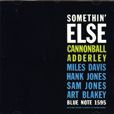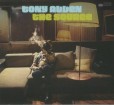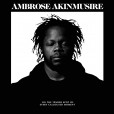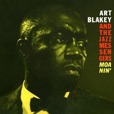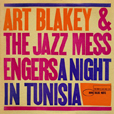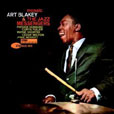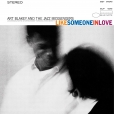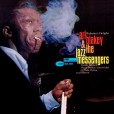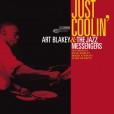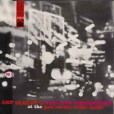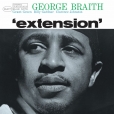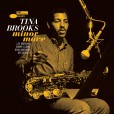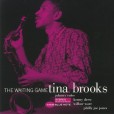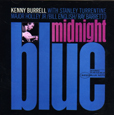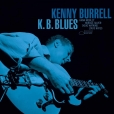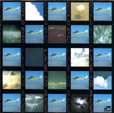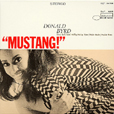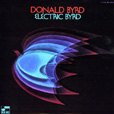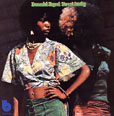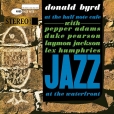Your basket is empty

An essential, five-star Blue Note; warm, lyrical and flowing. Adderley was in Miles Davis’ group at this time — over the next year they would record A Kind Of Blue and Milestones — and the trumpeter pays back generously, choosing the tunes, and playing at his very best.
Kicking off with a definitive, thunderous, thrilling version of the title track; with Lee Morgan and Wayne Shorter.
‘Classic Vinyl’ series.
Top-notch Messengers, from the same enraged 1961 recording sessions as Freedom Rider.
Six compositions by Wayne Shorter, kicking off with the fierce jazz-dancer Ping Pong.
Bobby Timmons alternates with Walter Davis Jr.
‘Classic vinyl.’
A never-before-released studio album!
Recorded on March 8 1959 in Rudy Van Gelder’s living-room studio in Hackensack, New Jersey, one month before the Birdland shows which produced the killer twin LPs Art Blakey And The Jazz Messengers At The Jazz Corner Of The World, this features the same lineup: Blakey, Lee Morgan, Hank Mobley, Bobby Timmons and Jymie Merritt. Two tunes only show up here, including Timmons’ Quick Trick; besides three Mobley compositions.
The LP is an all-analogue 180g vinyl pressing.
Cor.
His best, most adventurous LP — reaching but carnivalesque — with George reining in his inner Roland Kirk, Grant Green keeping it real, and underrated organist Billy Gardner pushing the boat out into more unpredictable waters.
His first session for Blue Note, with a killer lineup: Sonny Clark, Lee Morgan (just nineteen), Doug Watkins and Art Blakey.
The bluesy Nutville and latinized Minor Move are Brooks originals. He takes a jacking reading of Jerome Kern’s The Way You Look Tonight for his own. Star Eyes is borrowed from Bird, showing off Lee Morgan, with a magical, inimitable solo by Sonny Clark.
A five-star hard-bop Blue Note. The CD is in the Connoisseur Edition.
‘Classic Vinyl’ series.
Donald Byrd (trumpet), Hank Mobley (tenor sax), Sonny Red (alto sax), McCoy Tyner (piano), Walter Booker (bass), Freddie Waits (drums).
1968, stereo pressing.
From 1970 — a ten-piece including Duke Pearson and Airto, diversifying the funk innovations of Bitches Brew into sunnier, accessible, freewheeling jazz, with fresh Brazilian flavours.
Ace hard bop from 1967, elegantly alternating bluesy with modal. Cedar Walton, Billy Higgins, and the excellent Sonny Red. The title track is extended, sultry and grooving; and there’s a version of the dancer Book’s Bossa.
Dazzling, foundational jazz-funk from 1973, with Larry Mizell back at the desk (after Black Byrd), featuring killers like Lansana’s Priestess — as sampled by Theo Parrish on his Baby Steps EP — and the title track, with hot flute by Roger Glenn, and a smack of Curtis to its vocal chorus. Superior pressing; gatefold sleeve.
With Herbie, Mobley and co — and an eight-person gospel choir — in 1963.
The stand-out is a version of Duke Pearson’s Cristo Redentor. A fail-safe at funerals.
‘Classic Vinyl Series.’
‘One of the most essential hard bop purchases in the canon. The performances by Duke Pearson — four of his own tunes, five by Byrd, and standards — showcase his improvisational acumen at its height. His soloing on studio records pales in comparison. This was a hot quintet, that not only swung hard, but possessed a deep lyricism and an astonishing sense of timing’ (Allmusic).

